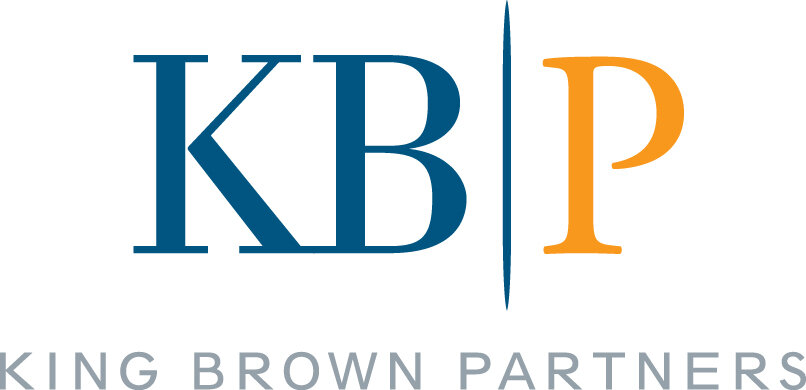Identifying the Catalytic Customer
Most research projects create a picture of what’s already occurred. They can detail—often with finite precision—purchase patterns, motivations and satisfaction. But research can and should have a more compelling role than simply documenting the past.
It needs to foretell the future.
In business, knowing where you’re going is always more important than knowing where you’ve been. And although that may sound impossible, it isn’t. But it is a lot more difficult.
We’ve found that it’s a matter of finding and talking with the right people. In every category there exists a cadre of key customers whose experiences, preferences and insights define markets and inform marketing.
They are the Catalytic Customers, bellwethers of markets on the rise and on the decline. While their numbers are relatively small, they have unique mix of traits and behaviors that give their actions a prescient quality. When you identify and understand the Catalytic Customer, you identify and understand the larger markets that follow.
With a little work, they can be found in every market and every product maturity stage. Here are some ways to identify the Catalytic Customer:
Attitudinal Disposition
The Catalytic Customer must be positively disposed to the product and/or category. It is simply a fool’s errand to study customers or prospects who aren’t interested. You’ll have less frustration, and more fruitful discussions, with respondents who are at least moderately positive to your product category.
Notice we said, “positively disposed,” not “wildly in love with.” Your Catalytic Customer is definitely not the person standing in line all night to be the first on his or her block to get the latest iPad. There is little to be learned from adoring fans whose favorite product attribute is “new.”
Demographic Enablement
Research is generally most productive when respondents are demographically aligned with your brand or product’s broad positioning. But the Catalytic Customer must be more than aligned—he or she must be demographically ideal. A precise sorting of traits such as gender, income, geography, education, ethnicity and culture, is required to identify them.
The Catalytic Customer is your perfect customer. On steroids.
Behavioral Engagement
Your Catalytic Customer will have a reasonable level of engagement—read, interest—in your product or service. It is simply unrealistic and unproductive to conduct research among customers for whom your product has no relevance. Judging the value of a product, positioning or communication is virtually impossible when a statistically significant response is, “I just don’t care.”
Disposed. Enabled. Engaged. We’ve found that it is relatively easy to create an algorithm to screen for these traits. But there’s a fourth component that makes the Catalytic Customer especially elusive and especially valuable. Social connectivity.
Catalytic Customers don’t just have interest in your product, brand or service, they create interest. They are the people to whom friends turn to for advice, in emerging, growing and even maturing markets. Certainly, the primary benefit of studying the Catalytic Customer is to secure a predictive understanding of the larger following market. But when you understand, market to and motivate the Catalytic Customer, you’re creating not just a buyer, but an advocate who—either through active engagement or as a thought leader to be emulated—will influence not just marketing, but the market itself.
In business, knowing where you’re going is more important than knowing where you’ve been.
